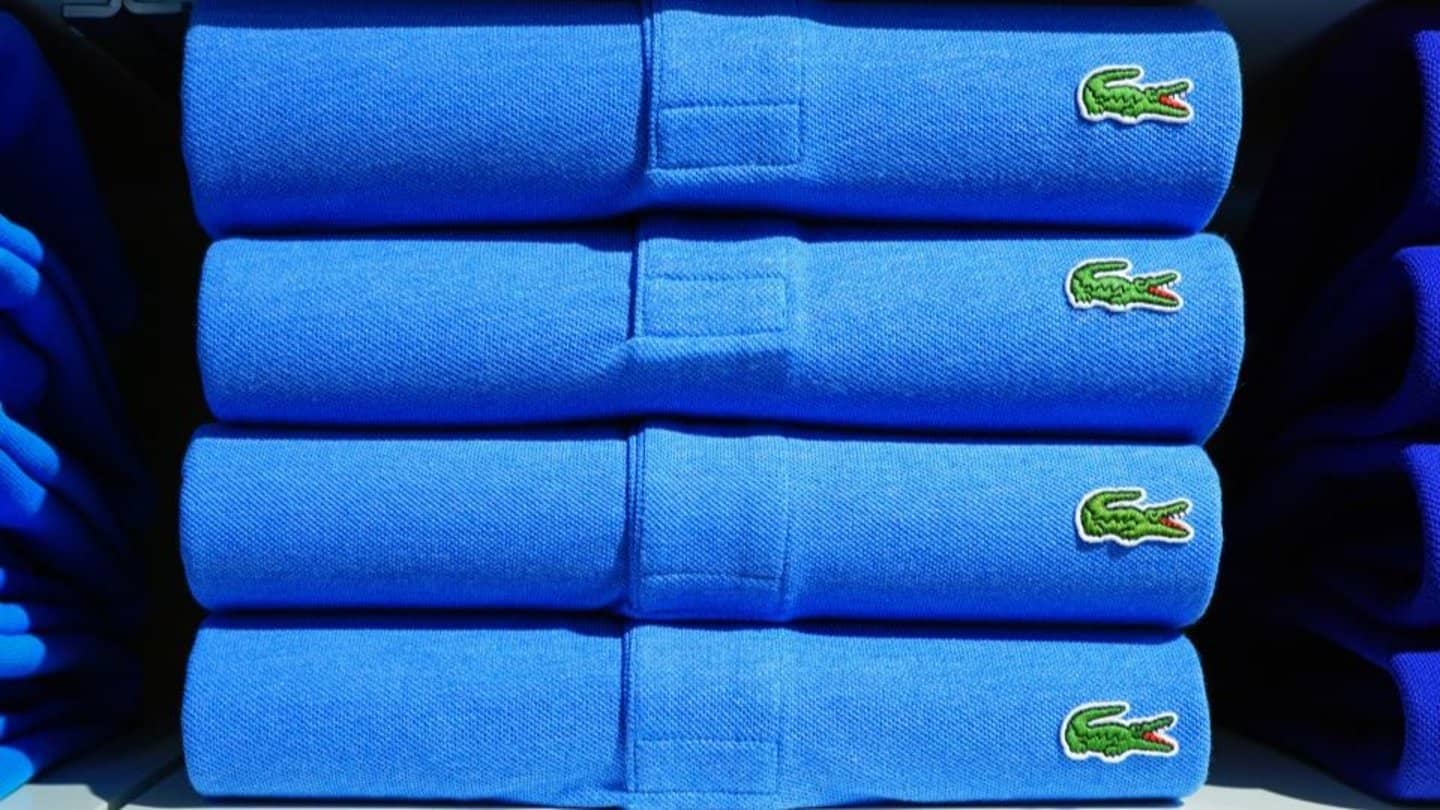No products in the cart.


What does sustainable fashion design have in common with Tetris? For both, an intriguing puzzle awaits, where you must configure unique shapes in a way that fills up the available space.
For fashion designers, the game comes with environmental implications. To create clothing, they typically lay a piece of fabric across a table and cut up each piece before sewing them together. The challenge is to minimize leftover material to avoid creating waste (also known as minimal or zero waste fashion design), which pollutes the air and contaminates water and soil.
To craft more eco-friendly apparel, researchers from MIT’s Computer Science and Artificial Intelligence Laboratory (CSAIL), the University of Washington, and Adobe Research have developed a software tool that helps designers visualize how to use as much of their materials as possible.
The research was published by the Proceedings of the 37th Annual ACM Symposium on User Interface Software and Technology.
Their computer application, called “WasteBanned,” allows you to design, edit, and simulate how your designs for things like pants, hoodies, and skirts will look. Then, you can print out the blueprint on a piece of paper to match the precise dimensions of your garment, indicating where users need to cut their material to bring their sustainable fashion designs to life.
“Zero waste design can be a really hard puzzle, but it’s rewarding to solve it,” says former CSAIL postdoc, Adobe research scientist, and senior author Mackenize Leake.
“Garments look really simple, but once you cut one piece, you’re also modifying others. This intertwined process, called linked editing, requires creativity, and WasteBanned is a fun, interactive tool that helps you visualize these changes before you begin to cut. We’d love to see more people design in this more environmentally friendly, resourceful way.”
WasteBanned could represent a shift from “design-first” apparel to a more “materials-first” approach by prioritizing the available fabric over an item’s intended look. The tool visualizes how each part (also called a panel) would appear as 2D shapes before simulating how the proposed apparel would look in 3D.
The researchers’ computer-aided design tool lets users enter the dimensions of their fabric, and digitally cut, sew, move, measure, and label panels. Users can then cut the panel into multiple edges, make a slit in the fabric, or split an edge by making a break point.
For example, you could outline a skirt by cutting three pieces and labeling them as the front, back right, and back left panels before digitally sewing them together. You could also create a sweatshirt in 13 panels, marking each piece and then stitching accordingly.
The WasteBanned app also allows you to clear, undo, or redo any edits you’ve made, a notable difference from cutting a design in the real world, where such changes are irreversible. Users can also add constraints (or restrictions), such as zero waste limits that ensure you use all your material, and user-added restraints that restrict the types of cuts you can make (like only making horizontal or parallel cuts).
As you tinker with your 2D design, you’ll see those changes displayed as flat shapes over a digital mannequin. To bring your design to life, a user simply clicks the “simulate” button to convert the garment into a 3D item donned by the dummy.
An easy tool for experienced designers and beginners
The researchers conducted a user study with six individuals, including seasoned designers and a few individuals with sewing experience. Collectively, they observed that WasteBanned was easy and enjoyable to use. One user (who studied fashion as an undergrad) even brought their digital designs to the real world, sewing together a bell sleeve tunic made of pink floral fabric from their outline.
“Participants had various backgrounds,” says lead author and Flex software engineer Ruowang Zhang MEng. “Their consensus was that WasteBanned was very interesting and easy to use. They also observed how it increases sustainability—something notably contrary to the design processes you see in fast fashion.”
Zhang and Leake note that while their software tool is a nice step toward “materials-first” design, they’d like to help users explore a set of equivalent-length seam curves that would produce well-fitting and stylish garments. Moreover, the team is considering building a custom constraint solver, enabling curved cuts and seams with different lengths.
“Creating more sustainable forms of product manufacturing requires methods that prioritize material and ecological constraints at the start of the design process,” says Jennifer Jacobs, Assistant Professor at the University of California at Santa Barbara, who wasn’t involved in the paper.
“WasteBanned is exciting in this respect because the authors apply computational constraints to the material-first approach of zero-waste clothing design, which can potentially lower barriers to using zero-waste techniques in garment design overall.”
“This work rethinks the process of apparel design in a neat way: The idea that you will use up all the fabric is built in from the start, and the system only lets you design garments that can be made without throwing anything away,” says Steve Marschner, Professor of Computer Science at Cornell University, who wasn’t involved in the research.
“This simplifies the process in a way, but makes it much trickier at the same time. You can’t change the shape of one piece without changing the one on the other side of the cut line, and then you also have to change other pieces that get sewn to those, and it gets complicated fast.
“WasteBanned solves the constraints continuously, letting the designer easily explore the possibilities that will work without worrying about all the possibilities that won’t. Reducing waste in the garment industry is a big deal because of the incredible volume of fabric that is used, and addressing head-on the inherent relationship between design and efficiency is a great thing to see.”
More information:
Ruowang Zhang et al, WasteBanned: Supporting Zero Waste Fashion Design Through Linked Edits, Proceedings of the 37th Annual ACM Symposium on User Interface Software and Technology (2024). DOI: 10.1145/3654777.3676395
Citation:
Software tool bridges 2D and 3D to aid zero waste fashion design (2024, October 24)
retrieved 26 October 2024
from https://techxplore.com/news/2024-10-software-tool-bridges-2d-3d.html
This document is subject to copyright. Apart from any fair dealing for the purpose of private study or research, no
part may be reproduced without the written permission. The content is provided for information purposes only.







